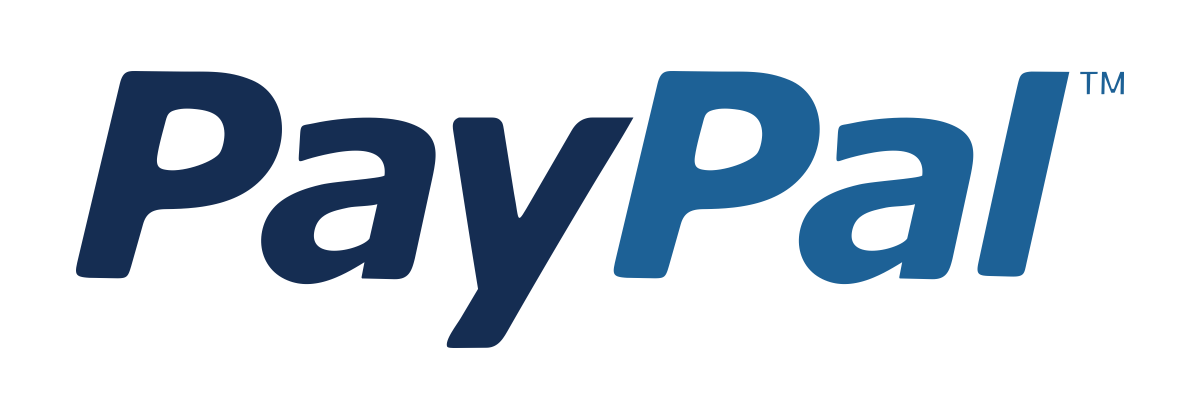Amazon Neptune
Learn to build highly connected, graph-based applications and power ML models using Amazon Neptune with hands-on practice and real-world use cases.
Course Duration: 10 Hours
Preview Amazon Neptune course
Price Match Guarantee Full Lifetime Access Access on any Device Technical Support Secure Checkout Course Completion Certificate 96% Started a new career
BUY THIS COURSE (
96% Started a new career
BUY THIS COURSE (GBP 12 GBP 29 )-
 100% Got a pay increase and promotion
100% Got a pay increase and promotion
Trending
Cutting-edge
Job-oriented
Coming soon (2026)
Students also bought -
-
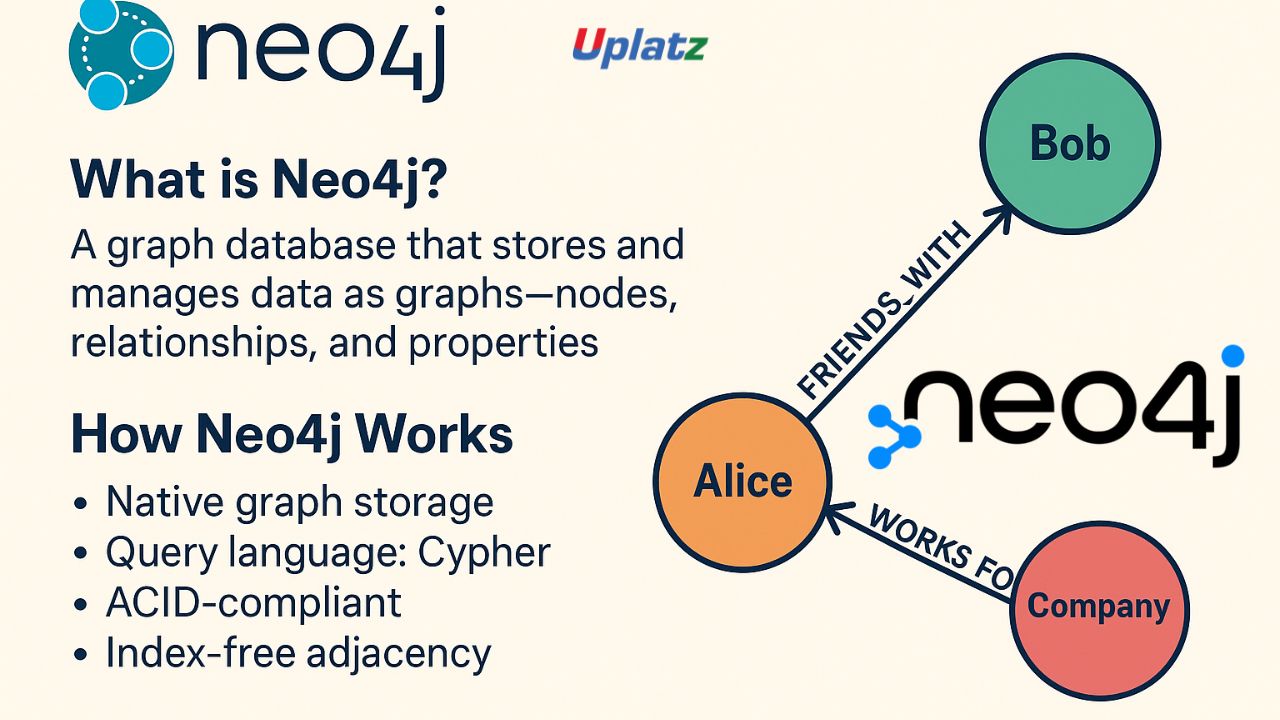
- Neo4j
- 10 Hours
- GBP 12
- 10 Learners
-
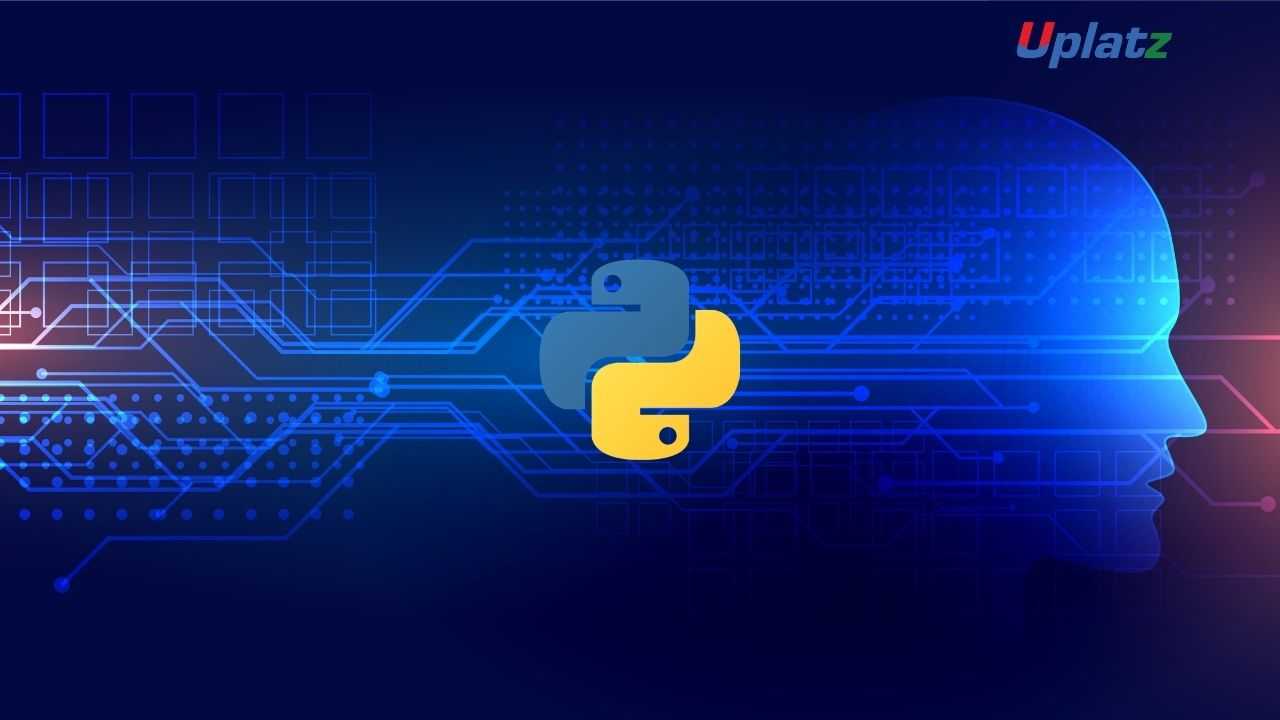
- Machine Learning with Python
- 25 Hours
- GBP 12
- 3518 Learners
-
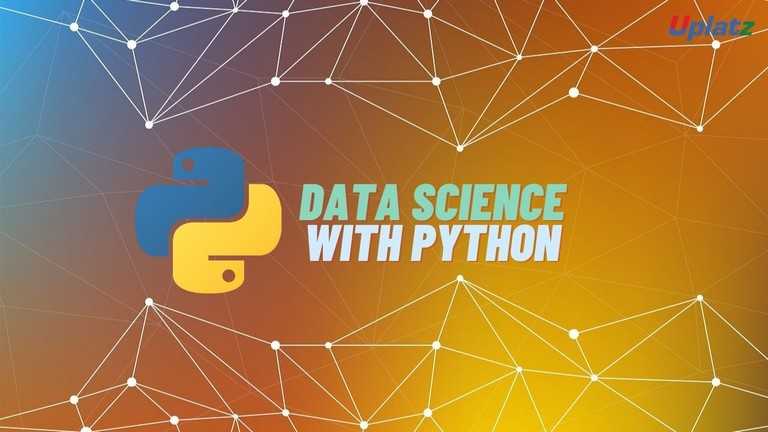
- Data Science with Python
- 45 Hours
- GBP 12
- 2931 Learners
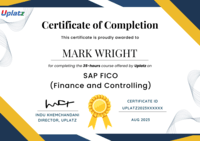
Amazon Neptune – Master Graph Database for Connected Data Applications – Online Course
Amazon Neptune is a fully managed graph database service offered by AWS, designed to support complex, highly connected datasets at scale. This course—Amazon Neptune: Master Graph Database for Connected Data Applications—provides a complete, beginner-to-advanced training pathway to harness the power of graph-based modeling using open standards like Gremlin, SPARQL, and RDF.
In today's data-driven landscape, connected data is at the heart of powerful applications such as recommendation systems, knowledge graphs, fraud detection, supply chain optimization, and network security. Traditional relational databases fall short when it comes to capturing these dynamic and deep relationships. This is where Amazon Neptune excels. Built for performance, scalability, and simplicity, Neptune supports two major graph models: Property Graph (with TinkerPop/Gremlin) and Resource Description Framework (RDF with SPARQL)—offering unmatched flexibility for modern applications.
This course is tailored for developers, architects, data engineers, and analysts who want to explore the next frontier in data management using graphs. Starting with the fundamentals of graph theory and use cases, we dive deep into setting up your Neptune cluster, ingesting data, crafting complex queries, optimizing performance, and integrating with other AWS services like Lambda, S3, and CloudWatch.
What sets Amazon Neptune apart from other graph solutions is its native support for open graph query languages, high availability through multi-AZ deployments, automatic backup and recovery, and deep AWS ecosystem integration. Whether you're building a recommendation engine using Gremlin, or a semantic knowledge graph with SPARQL, Neptune offers a secure, scalable, and robust platform to power your applications.
Unique Features and Use Cases
- Supports both Gremlin and SPARQL: One of the few databases that can handle both Property Graph and RDF models natively.
- Fully managed by AWS: No server provisioning, maintenance, or scaling required.
- High-performance query engine: Optimized for billions of relationships and sub-second traversals.
- Security built-in: VPC, IAM, KMS, and TLS/SSL encryption ensure enterprise-grade protection.
- Ideal for diverse industries: Used in healthcare, retail, cybersecurity, knowledge graphs, and compliance auditing.
Who Should Take This Course?
- Data Engineers exploring graph-based solutions
- Software Developers working with relationship-heavy data
- Architects designing connected microservices
- Knowledge Graph builders and semantic web enthusiasts
- Analysts and Scientists needing complex network analysis
- Professionals aiming to work on AWS-based graph projects
What You Will Gain
- A strong foundation in graph databases and graph query languages
- Hands-on experience using Amazon Neptune via Gremlin and SPARQL
- Ability to build, query, and maintain high-performance graph applications
- Knowledge to integrate Neptune with AWS Lambda, S3, and Glue
- Skills to optimize, monitor, and secure Neptune deployments in production
By the end of the course, you'll be able to model connected data efficiently, write expressive queries, deploy and scale graph applications, and solve real-world business problems using Amazon Neptune.
Course/Topic 1 - Coming Soon
-
The videos for this course are being recorded freshly and should be available in a few days. Please contact info@uplatz.com to know the exact date of the release of this course.
Course Objectives Back to Top
By the end of this course, you will be able to:
- Understand the core principles of graph databases and how they differ from relational models.
- Set up and configure an Amazon Neptune cluster within a secure AWS environment.
- Work with both Gremlin (TinkerPop) and SPARQL to perform powerful graph traversals and pattern queries.
- Model real-world connected data using Property Graph and RDF approaches.
- Import and manage graph datasets using Amazon S3 and Neptune’s bulk loading capabilities.
- Build and deploy graph-powered applications for use cases like fraud detection, recommendation systems, and knowledge graphs.
- Integrate Neptune with AWS services like Lambda, Glue, and CloudWatch for a serverless and event-driven architecture.
- Optimize query performance using indexes, tuning, and profiling strategies.
- Apply security best practices including encryption, VPC isolation, IAM roles, and audit logging.
- Prepare for AWS and graph-related professional certifications, boosting your career in cloud-native data engineering.
Course Syllabus Back to Top
Course Syllabus
Module 1: Introduction to Graph Databases
- What is a graph database?
- Property Graph vs RDF
- Introduction to Amazon Neptune
Module 2: Setting Up Amazon Neptune
- Launching a Neptune cluster
- IAM roles, VPC setup, and access
- Connecting with Gremlin and SPARQL endpoints
Module 3: Gremlin Query Language (TinkerPop)
- Creating nodes and edges
- Traversals and filters
- Path queries and pattern matching
Module 4: SPARQL and RDF Modeling
- Triples, prefixes, and vocabularies
- Writing SPARQL queries
- Semantic reasoning and ontology usage
Module 5: Data Import and Integration
- Bulk load via Amazon S3
- Integrating with AWS Lambda, Glue, and Kinesis
- Error handling and retry logic
Module 6: Use Cases with Real-World Data
- Recommendation system using Gremlin
- Fraud detection graph with SPARQL
- Knowledge graph for healthcare taxonomy
Module 7: Performance and Monitoring
- Query tuning techniques
- CloudWatch metrics and alarms
- Managing throughput and read replicas
Module 8: Security and Best Practices
- VPC, IAM, KMS encryption
- Access controls and audit logging
- Backup and restore strategies
Module 9: Project Showcase
-
Building a movie recommendation app
-
Social network analysis
-
RDF-based compliance data visualization
Certification Back to Top
Upon successful completion of this course, learners will receive a Certificate of Completion from Uplatz, acknowledging their mastery of Amazon Neptune and graph database development. This certification validates your practical skills in designing, querying, and deploying graph data models on the AWS cloud. It serves as strong evidence of your capability to build scalable graph-based solutions for enterprise data use cases.
Additionally, this course prepares students for related AWS certifications, including AWS Certified Data Analytics – Specialty and AWS Certified Solutions Architect – Associate, by deepening their understanding of Neptune’s architecture, data modeling, and security integration. The certification enhances your profile for roles that demand experience in cutting-edge database systems and cloud-native graph solutions.
Career & Jobs Back to Top
Amazon Neptune expertise is in high demand across data-intensive domains such as e-commerce, healthcare, cybersecurity, logistics, and telecommunications. Completing this course opens the door to lucrative roles such as:
- Graph Data Engineer
- Cloud Database Architect
- AWS Developer
- Knowledge Graph Engineer
- Data Analytics Specialist
Neptune's compatibility with open standards makes it a top choice for enterprises adopting semantic web technologies or building recommendation engines. With graph databases forecasted to grow exponentially, professionals skilled in Neptune will be at the forefront of this revolution. The course ensures that you are job-ready with practical skills, AWS-native development knowledge, and the ability to solve complex relational problems through connected data analysis.
Interview Questions Back to Top
1. What is Amazon Neptune?
Amazon Neptune is a fully managed graph database service that supports both Property Graph and RDF models using Gremlin and SPARQL query languages.
Amazon Neptune is a fully managed graph database service that supports both Property Graph and RDF models using Gremlin and SPARQL query languages.
2. Which graph models are supported by Neptune?
Neptune supports Property Graph (via Gremlin) and RDF (via SPARQL), giving flexibility in graph application design.
Neptune supports Property Graph (via Gremlin) and RDF (via SPARQL), giving flexibility in graph application design.
3. What are common use cases for Amazon Neptune?
Recommendation engines, fraud detection, knowledge graphs, network topology analysis, and social networking applications.
Recommendation engines, fraud detection, knowledge graphs, network topology analysis, and social networking applications.
4. How does Neptune ensure high availability?
It uses Multi-AZ deployment with automatic failover and supports up to 15 read replicas to scale workloads.
It uses Multi-AZ deployment with automatic failover and supports up to 15 read replicas to scale workloads.
5. What is the difference between Gremlin and SPARQL in Neptune?
Gremlin is used for imperative graph traversal in Property Graphs, while SPARQL is a declarative query language for RDF triples.
Gremlin is used for imperative graph traversal in Property Graphs, while SPARQL is a declarative query language for RDF triples.
6. How do you load data into Neptune?
Data is typically bulk loaded using CSV, Turtle, or N-Triples files through Amazon S3 and a Neptune bulk loader API.
Data is typically bulk loaded using CSV, Turtle, or N-Triples files through Amazon S3 and a Neptune bulk loader API.
7. How is security managed in Neptune?
Via VPC, IAM policies, KMS encryption, SSL/TLS for transit security, and CloudTrail for auditing.
Via VPC, IAM policies, KMS encryption, SSL/TLS for transit security, and CloudTrail for auditing.
8. Can you use Neptune with Lambda functions?
Yes, Neptune integrates with AWS Lambda for building serverless graph applications and real-time data processing.
Yes, Neptune integrates with AWS Lambda for building serverless graph applications and real-time data processing.
9. What is the role of CloudWatch in Neptune?
It monitors metrics such as query performance, cluster health, and provides alarms for operational insights.
It monitors metrics such as query performance, cluster health, and provides alarms for operational insights.
10. What are the benefits of using Neptune over traditional databases?
Faster and more intuitive traversal of complex, connected data, flexible modeling, and seamless AWS integration.
Faster and more intuitive traversal of complex, connected data, flexible modeling, and seamless AWS integration.
Course Quiz Back to Top
FAQs
Back to Top
Q1. What are the payment options?
A1. We have multiple payment options:
1) Book your course on our webiste by clicking on Buy this course button on top right of this course page
2) Pay via Invoice using any credit or debit card
3) Pay to our UK or India bank account
4) If your HR or employer is making the payment, then we can send them an invoice to pay.
Q2. Will I get certificate?
A2. Yes, you will receive course completion certificate from Uplatz confirming that you have completed this course with Uplatz. Once you complete your learning please submit this for to request for your certificate https://training.uplatz.com/certificate-request.php
Q3. How long is the course access?
A3. All our video courses comes with lifetime access. Once you purchase a video course with Uplatz you have lifetime access to the course i.e. forever. You can access your course any time via our website and/or mobile app and learn at your own convenience.
Q4. Are the videos downloadable?
A4. Video courses cannot be downloaded, but you have lifetime access to any video course you purchase on our website. You will be able to play the videos on our our website and mobile app.
Q5. Do you take exam? Do I need to pass exam? How to book exam?
A5. We do not take exam as part of the our training programs whether it is video course or live online class. These courses are professional courses and are offered to upskill and move on in the career ladder. However if there is an associated exam to the subject you are learning with us then you need to contact the relevant examination authority for booking your exam.
Q6. Can I get study material with the course?
A6. The study material might or might not be available for this course. Please note that though we strive to provide you the best materials but we cannot guarantee the exact study material that is mentioned anywhere within the lecture videos. Please submit study material request using the form https://training.uplatz.com/study-material-request.php
Q7. What is your refund policy?
A7. Please refer to our Refund policy mentioned on our website, here is the link to Uplatz refund policy https://training.uplatz.com/refund-and-cancellation-policy.php
Q8. Do you provide any discounts?
A8. We run promotions and discounts from time to time, we suggest you to register on our website so you can receive our emails related to promotions and offers.
Q9. What are overview courses?
A9. Overview courses are 1-2 hours short to help you decide if you want to go for the full course on that particular subject. Uplatz overview courses are either free or minimally charged such as GBP 1 / USD 2 / EUR 2 / INR 100
Q10. What are individual courses?
A10. Individual courses are simply our video courses available on Uplatz website and app across more than 300 technologies. Each course varies in duration from 5 hours uptop 150 hours.
Check all our courses here https://training.uplatz.com/online-it-courses.php?search=individual
Q11. What are bundle courses?
A11. Bundle courses offered by Uplatz are combo of 2 or more video courses. We have Bundle up the similar technologies together in Bundles so offer you better value in pricing and give you an enhaced learning experience.
Check all Bundle courses here https://training.uplatz.com/online-it-courses.php?search=bundle
Q12. What are Career Path programs?
A12. Career Path programs are our comprehensive learning package of video course. These are combined in a way by keeping in mind the career you would like to aim after doing career path program. Career path programs ranges from 100 hours to 600 hours and covers wide variety of courses for you to become an expert on those technologies.
Check all Career Path Programs here https://training.uplatz.com/online-it-courses.php?career_path_courses=done
Q13. What are Learning Path programs?
A13. Learning Path programs are dedicated courses designed by SAP professionals to start and enhance their career in an SAP domain. It covers from basic to advance level of all courses across each business function. These programs are available across SAP finance, SAP Logistics, SAP HR, SAP succcessfactors, SAP Technical, SAP Sales, SAP S/4HANA and many more
Check all Learning path here https://training.uplatz.com/online-it-courses.php?learning_path_courses=done
Q14. What are Premium Career tracks?
A14. Premium Career tracks are programs consisting of video courses that lead to skills required by C-suite executives such as CEO, CTO, CFO, and so on. These programs will help you gain knowledge and acumen to become a senior management executive.
Q15. How unlimited subscription works?
A15. Uplatz offers 2 types of unlimited subscription, Monthly and Yearly.
Our monthly subscription give you unlimited access to our more than 300 video courses with 6000 hours of learning content. The plan renews each month. Minimum committment is for 1 year, you can cancel anytime after 1 year of enrolment.
Our yearly subscription gives you unlimited access to our more than 300 video courses with 6000 hours of learning content. The plan renews every year. Minimum committment is for 1 year, you can cancel the plan anytime after 1 year.
Check our monthly and yearly subscription here https://training.uplatz.com/online-it-courses.php?search=subscription
Q16. Do you provide software access with video course?
A16. Software access can be purchased seperately at an additional cost. The cost varies from course to course but is generally in between GBP 20 to GBP 40 per month.
Q17. Does your course guarantee a job?
A17. Our course is designed to provide you with a solid foundation in the subject and equip you with valuable skills. While the course is a significant step toward your career goals, its important to note that the job market can vary, and some positions might require additional certifications or experience.
Remember that the job landscape is constantly evolving. We encourage you to continue learning and stay updated on industry trends even after completing the course. Many successful professionals combine formal education with ongoing self-improvement to excel in their careers. We are here to support you in your journey!
Q18. Do you provide placement services?
A18. While our course is designed to provide you with a comprehensive understanding of the subject, we currently do not offer placement services as part of the course package. Our main focus is on delivering high-quality education and equipping you with essential skills in this field.
However, we understand that finding job opportunities is a crucial aspect of your career journey. We recommend exploring various avenues to enhance your job search:
a) Career Counseling: Seek guidance from career counselors who can provide personalized advice and help you tailor your job search strategy.
b) Networking: Attend industry events, workshops, and conferences to build connections with professionals in your field. Networking can often lead to job referrals and valuable insights.
c) Online Professional Network: Leverage platforms like LinkedIn, a reputable online professional network, to explore job opportunities that resonate with your skills and interests.
d) Online Job Platforms: Investigate prominent online job platforms in your region and submit applications for suitable positions considering both your prior experience and the newly acquired knowledge. e.g in UK the major job platforms are Reed, Indeed, CV library, Total Jobs, Linkedin.
While we may not offer placement services, we are here to support you in other ways. If you have any questions about the industry, job search strategies, or interview preparation, please dont hesitate to reach out. Remember that taking an active role in your job search process can lead to valuable experiences and opportunities.
Q19. How do I enrol in Uplatz video courses?
A19. To enroll, click on "Buy This Course," You will see this option at the top of the page.
a) Choose your payment method.
b) Stripe for any Credit or debit card from anywhere in the world.
c) PayPal for payments via PayPal account.
d) Choose PayUmoney if you are based in India.
e) Start learning: After payment, your course will be added to your profile in the student dashboard under "Video Courses".
Q20. How do I access my course after payment?
A20. Once you have made the payment on our website, you can access your course by clicking on the "My Courses" option in the main menu or by navigating to your profile, then the student dashboard, and finally selecting "Video Courses".
Q21. Can I get help from a tutor if I have doubts while learning from a video course?
A21. Tutor support is not available for our video course. If you believe you require assistance from a tutor, we recommend considering our live class option. Please contact our team for the most up-to-date availability. The pricing for live classes typically begins at USD 999 and may vary.







